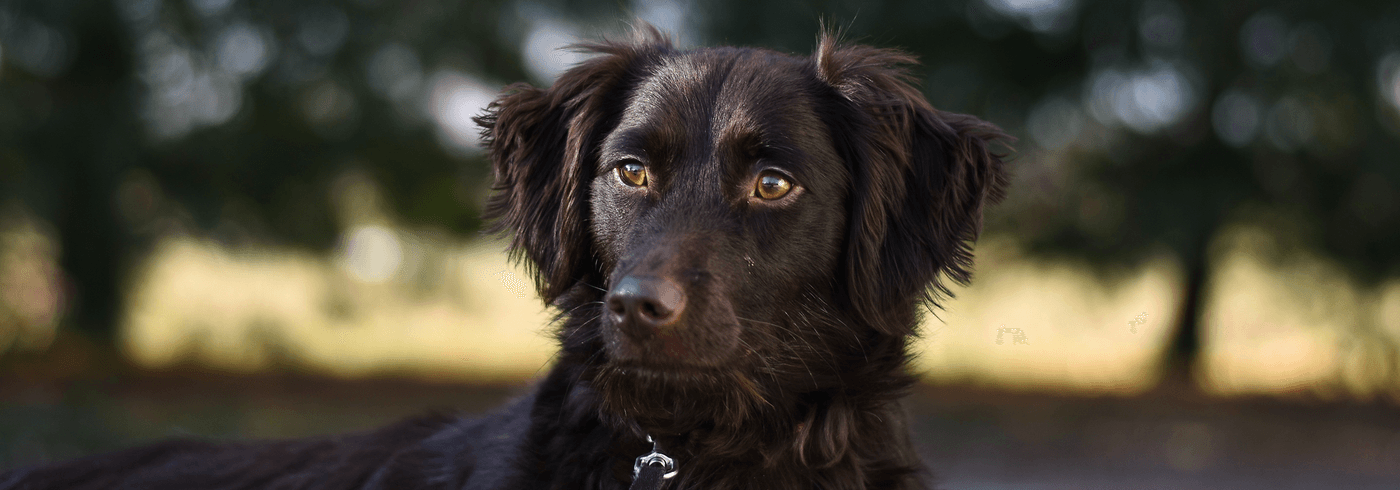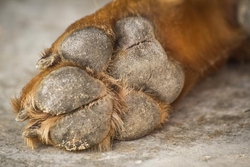
How dogs developed eyebrows to communicate with humans
Non-verbal communication with your pooch may feel like a special skill, but it might just be a natural result of dog evolution.
There are few things more powerful (and difficult to say ‘no’ to) than a pair of puppy dog eyes looking up at you from your sweet pup –– and as it turns out, that’s no accident.
According to a recent study published in Proceedings of the National Academy of Sciences, that longing look your dog throws your way when you’re eating a steak and aren’t really sharing isn’t just a natural expression that takes over their face when they really, really (no, seriously, really) want something from you; it’s a product of evolution.
That’s right: domestication has actually caused a shift in the anatomy of dogs’ facial muscles –– more specifically, their eyebrow muscles –– to help them communicate more clearly with humans.
In order to explore this evolution over time, the team of researchers on the study, led by psychologist Juliane Kaminski, aimed to explore dogs’ facial muscles as they compared to those of their ancestors: wolves. To do that, the team examined the facial muscles of six dogs of different breeds –– a mongrel, a Labrador retriever, a bloodhound, a Siberian husky, a Chihuahua, and German shepherd –– along with those of four wolves. (Each of the animals’ bodies were donated for scientific research after they died of natural deaths, just for the record.)
For the most part, the dogs and the wolves shared a lot of the same muscular makeup, which is no surprise for two animals that are so closely related. Where the two did possess a distinct difference, though, was in the levator anguli oculi medialis, which is the facial muscle responsible for raising the inner eyebrow. While the muscle was prominent to varying degrees in all six dog breeds, it was almost completely absent in the wolves.
“The findings suggest that expressive eyebrows in dogs may be a result of humans unconscious preferences that influenced selection during domestication,” Kaminski said about the studies’ results. “When dogs make the movement, it seems to elicit a strong desire in humans to look after them.”
While this study may prove to a degree that we’re not totally out of it when we think our pup is communicating with us through those puppy dog eyes, we’re still waiting on science to explain why we’re more or less powerless against them. (Yeah, we shared the steak.)




Comments: